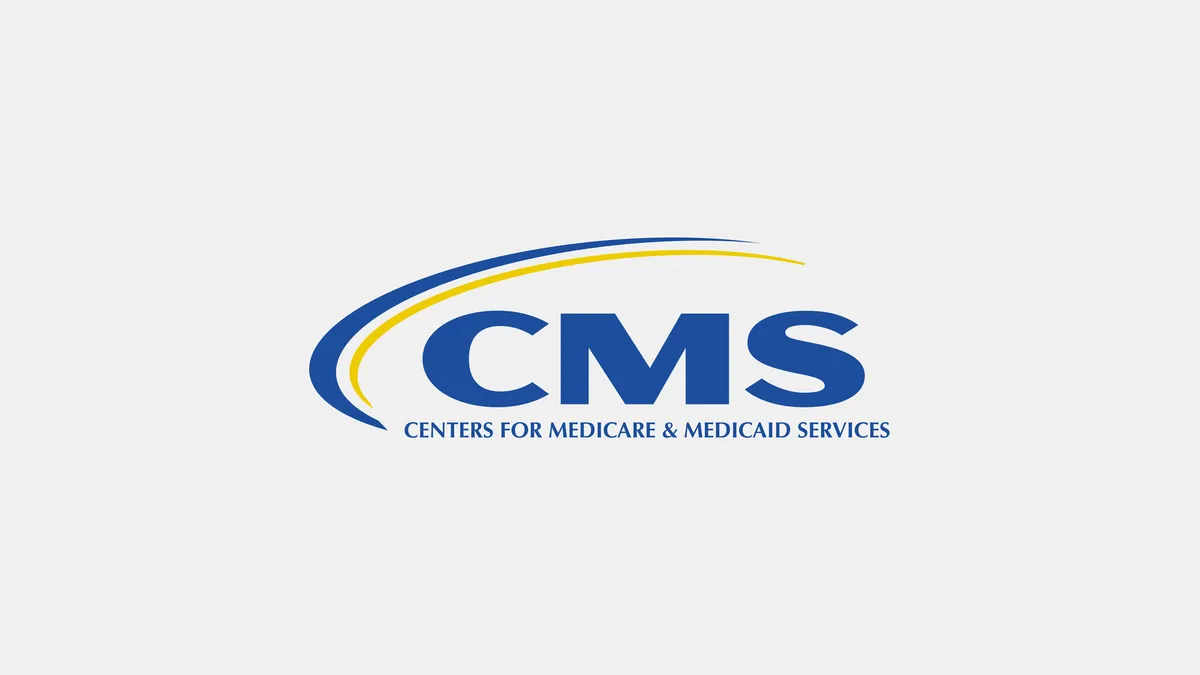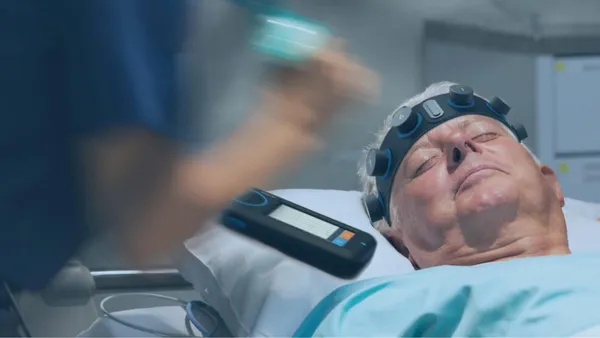UPDATE: July 31, 2019: CMS' Outpatient Prospective Payment System (OPPS) proposed rule for 2020, issued this week, builds on an April proposal from the agency aimed at speeding coverage for FDA-designated breakthrough devices in inpatient hospital settings.
"We continue to believe that hospitals should receive pass-through payments for devices that offer clear clinical improvement and that cost considerations should not interfere with patient access," CMS wrote in the proposed outpatient policy, released late Monday.
The agency is considering amending OPPS device transitional pass-through payment regulations to "create an alternative pathway to demonstrating substantial clinical improvement," according to the proposed rule. FDA-authorized breakthrough devices could then qualify for the agency's quarterly approval process for device pass-through payment, if received on or after Jan. 1, 2020.
AdvaMed praised the idea.“We look forward to reviewing the proposed rules in more detail, and working closely with CMS on implementation and additional ways to facilitate greater efficiencies in the coverage and payment process," the device lobby said in a statement Tuesday.
Dive Brief:
- CMS announced Tuesday a proposal to speed Medicare coverage and new technology add-on payments for breakthrough devices granted marketing authorization by FDA. AdvaMed, which has lobbied for such a provision, praised CMS for including it in its hospital inpatient proposed rule.
- Breakthrough devices coming onto the market would be considered "new and not substantially similar to an existing technology" for the purposes of an add-on payment, beginning with applications received for fiscal year 2021.
- In addition, CMS is floating waiving its requirement that such devices show a substantial clinical benefit compared to previously available technologies for two years, which would allow companies to gather real-world evidence to justify Medicare reimbursement levels.
Dive Insight:
On a call with reporters, CMS Administrator Seema Verma said technology has the potential to save the healthcare system money, but Medicare’s current payment system provides limited access to new technologies.
"CMS requires evidence that devices represent a substantial clinical improvement for the devices to qualify for a new technology add-on payment. However, for new devices granted this expedited FDA approval real-world data regarding outcomes for the devices in different patient populations is often limited, often making it hard for innovators to meet the requirements," Verma said.
In the proposed rule, CMS seeks feedback on the whether the new pathway will "facilitate beneficiary access to transformative new medical devices, including the benefits of mitigating potential delayed access to innovation and adoption, against any potential risks, such as the risk of adverse events or negative outcomes that might come to light later."
The agency notes in 2001, it argued that special payments for new technologies should be limited to those that demonstrate substantial improvement and that the diagnosis-related group system would be a sufficient incentive to bring innovative products to market. At the time, CMS stated it should "proceed very carefully with respect to the incentives created to quickly adopt new technology."
Verma emphasized that under the new proposal after the two-year period expires, to continue receiving add-on payments devices would have to show evidence of substantial clinical improvement. At the same time, the agency is considering updating what it considers a substantial improvement.
"CMS is seeking input on how we can clarify or improve the criteria for substantial clinical improvement more broadly for all technologies in order to create greater predictability for innovators and investors," Verma said.
Another proposal by CMS would boost the maximum inpatient hospital new technology add-on payment from 50% to 65% of the cost of the technology beginning in fiscal year 2020. Verma told reporters that if the rule is finalized, the increase would apply to all current technologies receiving add-on payments and all new technologies granted an add-on payment.
AdvaMed CEO Scott Whitaker praised the proposal, saying it would speed patient access to new technologies and incentivize firms to bring new technologies to market.
"We are pleased that this rule reflects several of AdvaMed’s priorities, including increasing funding for new technology add-on payments, and making it easier for breakthrough technologies to access the Medicare program," Whitaker said in a statement.
Robert Wanerman, an attorney at Epstein Becker Green, told MedTech Dive that most private payers will probably not alter their reimbursement behavior significantly if the new policy goes into effect. But the proposal could benefit hospitals who often face challenges when deciding to utilize new technology to treat patients.
"This is not a radical shift for CMS, but it loosens up the program a bit. It makes it a little easier if you are a certain category of device for hospitals to adopt the new technology. The problem with the Medicare program for some time is that payment lags behind innovation," Wanerman said.
The idea to speed coverage for breakthrough devices while device companies build out evidence for continued Medicare coverage was raised as a possibility last September by Joe Grogan, now director of the White House Domestic Policy Council.
According to CMS, no company with a breakthrough device marketing authorization seeking a technology add-on payment under the inpatient system has been rejected.
AdvaMed officials have lobbied heavily for the idea, which they say will help alleviate the challenges smaller medtechs face during the so-called "valley of death" between product approval and reimbursement. Verma told reporters the proposed rule, if finalized, will not treat large medtechs any differently than smaller companies.











